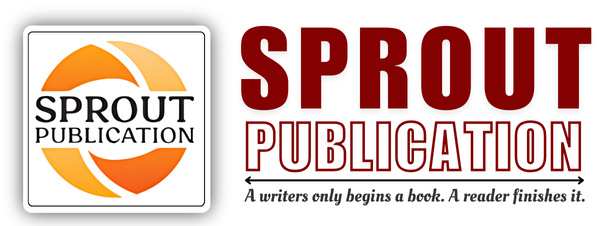Chapter 10: Pharmacovigilance Methods-I
Chapter 10: Pharmacovigilance Methods-I
Author: Dr. Surya Prakash Gupta
Volume: 01
First Online: 31 August 2024
Pages: 114-124
DOI:
Abstract
Pharmacovigilance methods encompass a range of techniques and processes designed to monitor, assess, and prevent adverse drug reactions (ADRs) and other drug-related problems throughout a product’s lifecycle. These methods are crucial for ensuring drug safety and maintaining public health. Key methods include spontaneous reporting systems, where healthcare providers, patients, and manufacturers report ADRs to national or international databases, such as VAERS or EudraVigilance. Active surveillance, including cohort and casecontrol studies, systematically collects data to identify potential safety signals in specific populations. Signal detection techniques, such as disproportionality analysis and data mining, are used to identify unusual patterns in large datasets that may indicate a safety concern. Causality assessment methods help determine whether a drug is likely responsible for a reported adverse event. Additionally, post-marketing studies, such as Phase IV trials, further evaluate drug safety in real-world settings. Together, these pharmacovigilance methods form a comprehensive system for safeguarding patients and ensuring that the benefits of medications outweigh their risks.
Keywords: Adverse Drug Reactions (ADRs), Drug Safety, Spontaneous Reporting Systems, Active Surveillance, Signal Detection

